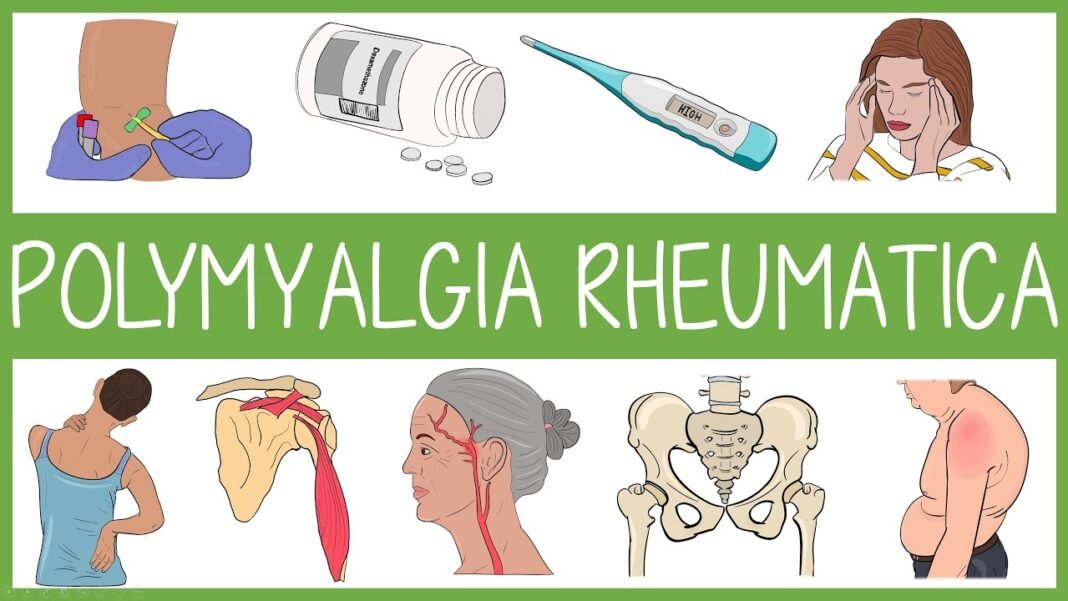Polymyalgia Rheumatica – Signs And Management
A condition called polymyalgia-rheumatic (PMR) is renowned for its frequent muscles stiffness and pain (especially those in the hips, thigh, neck, shoulder belt). In addition to dawn arthralgia, a form of joint pain lasting for more than 45 mins, sufferers of PMR may also experience generalized weakening, fatigue and a loss of appetite. The appearance of a mild fever as well as depression-related mood disorders can be seen in patients who suffer from various types of PMR. Doctors typically look at the signs and symptoms, as well as run tests on blood to find out if the inflammatory markers are elevated, or not, in order to establish the diagnosis.
Corticosteroids and other drugs can be a major component to treat PMR due to their ability to reduce inflammation as well as aid in relief. Tendons and joint ligaments may be treated for healing as well as improving with physical therapy. Living a healthy life with an appropriate diet, regularly scheduled exercises, and a good night’s sleep is the way to lead the way and treat the symptoms of PMR as well as, obviously general well-being. The support groups could help to develop positive strategies for coping which can provide emotional help.
PMR patients require frequent appointments with their physicians to evaluate the condition of their patients and alter the treatment they receive if needed. Furthermore, if there’s any problems that need to be examined. Since PMR may affect the way a person lives their life it is possible to cover any issues and improve the quality of their life with the help of effective management methods.

